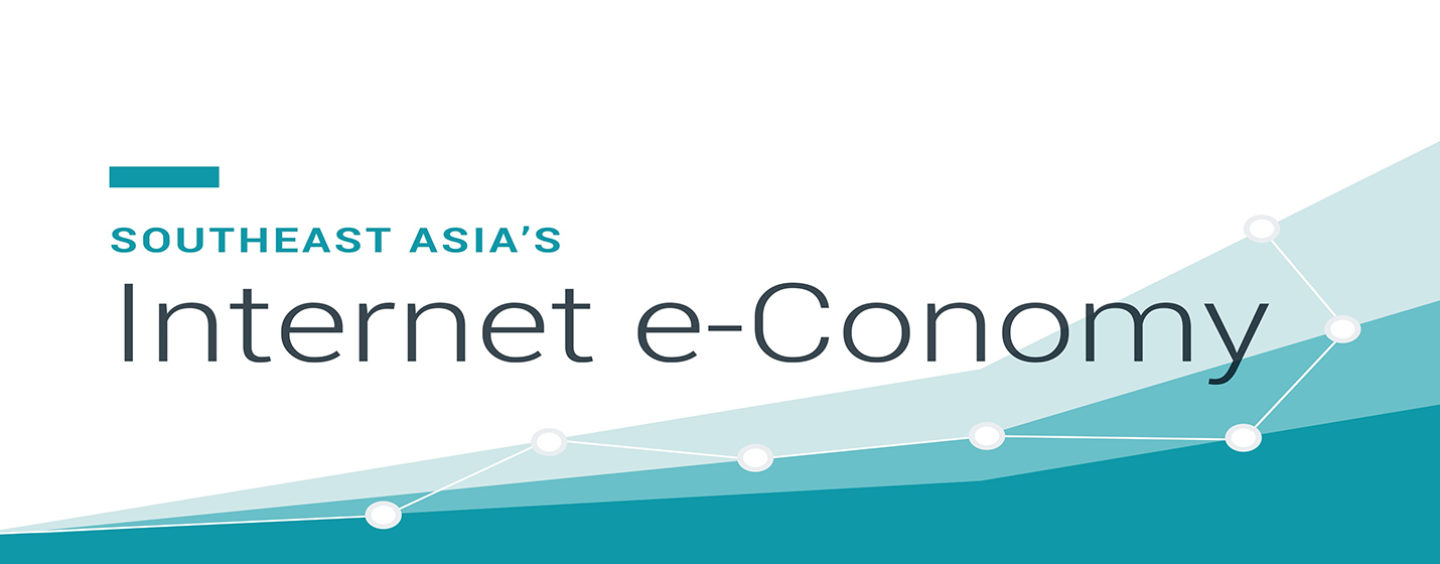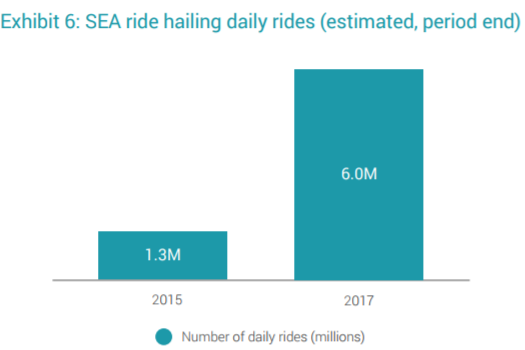
Southeast Asia on track to realizing $200 billion internet economy by 2025
by Fintech News Singapore December 12, 2017In last year’s “e-Conomy 2025 Southeast Asia” report, Google and Temasek examined the incredible growth in Southeast Asia’s internet economy.
Fast forward 18 months later, it turns out that Southeast Asia’s internet economy growth has exceeded expectations.
The region’s internet economy will reach $50 billion in 2017, outpacing earlier growth expectations by 35 percent. In the “e-Conomy Southeast Asia Spotlight 2017” report, we’ve found that the region is well on track to realizing a $200 billion internet economy by 2025.
1.Unprecedented growth for Southeast Asia’s $50B internet economy
There will be 330M monthly active internet users by year-end 2017, adding over 70M new users since 2015 at 13% CAGR. In Southeast Asia, mobile is the internet, as more than 90% of Southeast Asia’s internet users are on smartphones. It is hard to overestimate the absolute prominence of mobile as the access point and driver of Southeast Asia’s internet economy.
Users in Southeast Asia are incredibly engaged, spending an average of 3.6 hours per day on the mobile internet,1 more than in any other region in the world.
All sectors of the internet economy have experienced solid growth in 2017. Online travel reached $26.6B led by growth in airline and hotel online bookings. Online media touched $6.9B driven by online ads and gaming. E-commerce and ride-hailing have been under the spotlight growing the fastest at over 40% CAGR, capturing consumers’ preferences with evolving business models, and attracting the majority of the investments in the region.

Southeast Asia’s internet economy market size (in USD billions)
2.SEA e-commerce reaches $11B, fueled by investments in booming marketplaces
E-commerce sales are accelerating in SEA, reaching $10.9B in GMV in 2017 (up from $5.5B in 2015) and growing at 41% CAGR. Acceleration has been driven by a surge of marketplaces where small and medium businesses (SMB) sell to consumers on mobile-first platforms (SMB 2-C). Leading players such as Lazada, Shoppe, and Tokopedia, have provided scalable, readily accessible platforms on which SMB retail players can transact online and reach new consumers.
Consumer engagement has boomed accordingly, with Google Searches for top SEA e-commerce brands growing more than 2X in two years and mobile internet users spending an average of 140 minutes per month on Southeast Asia’s leading e-commerce platforms.

3.Ride-hailing booming at 43% CAGR, top players expanding into services and payments
Another sector with massive user engagement, ride-hailing services have experienced dramatic growth in the past two years. The report estimates these services will reach $5.1B GMV in 2017, more than double from $2.5B GMV in 2015. More than 6M rides per day were booked on the top ride-hailing apps (Go-Jek, Grab, Uber) in Q3 2017, a more than four-fold increase since 2015. Beyond transforming personal transportation, ride-hailing players are creating employment and income opportunities, engaging more than 2.5M drivers in SEA in Q3 2017.
Pursuing further development, ride-hailing players are expanding to food delivery, courier services, and digital payments. With the large and growing base of users and drivers on their platforms, ride-hailing players are well positioned to become Southeast Asia’s horizontal personal services leaders.
4. $13B invested in Southeast Asia since 2015, majority of funds raised by unicorns
Between 2016 and Q3 2017, Southeast Asia internet companies were able to raise more than $12B of capital, up from just $1B in 2015, setting the region well on track to meet the estimated 10-year requirements. Venture capital investments stood at 0.18% of Southeast Asia’s GDP in 2016, up from 0.04% in 2014, standing on par with India (0.18% of GDP) and narrowing the gap with China (0.30% of GDP).
Of the $12B in capital invested in Southeast Asia since 2016, $9B were raised by Southeast Asia unicorns, namely Go-Jek, Grab, Lazada, Razer, Sea Ltd., Traveloka, and Tokopedia. While funding has been abundant for these established internet companies, access to capital is still challenging for startups and smaller ventures that are unable to raise funds beyond Series A/Seed deals.

5. Shortage of homegrown tech talent remains the most pressing challenge for growth
In 2016, Google-Temasek e-Conomy SEA identified six key challenges to unlock the growth potential of Southeast Asia’s internet economy. In the last two years, venture capital fundraising has accelerated, there have been advances in the development of e-payment solutions, internet infrastructure, delivery networks, and consumer trust in online transactions has improved. Nonetheless, there remain areas where continual focus and investments are needed for the region to realize its full potential. In particular, the talent challenge remains largely unsolved.
Featured image via blog.google








